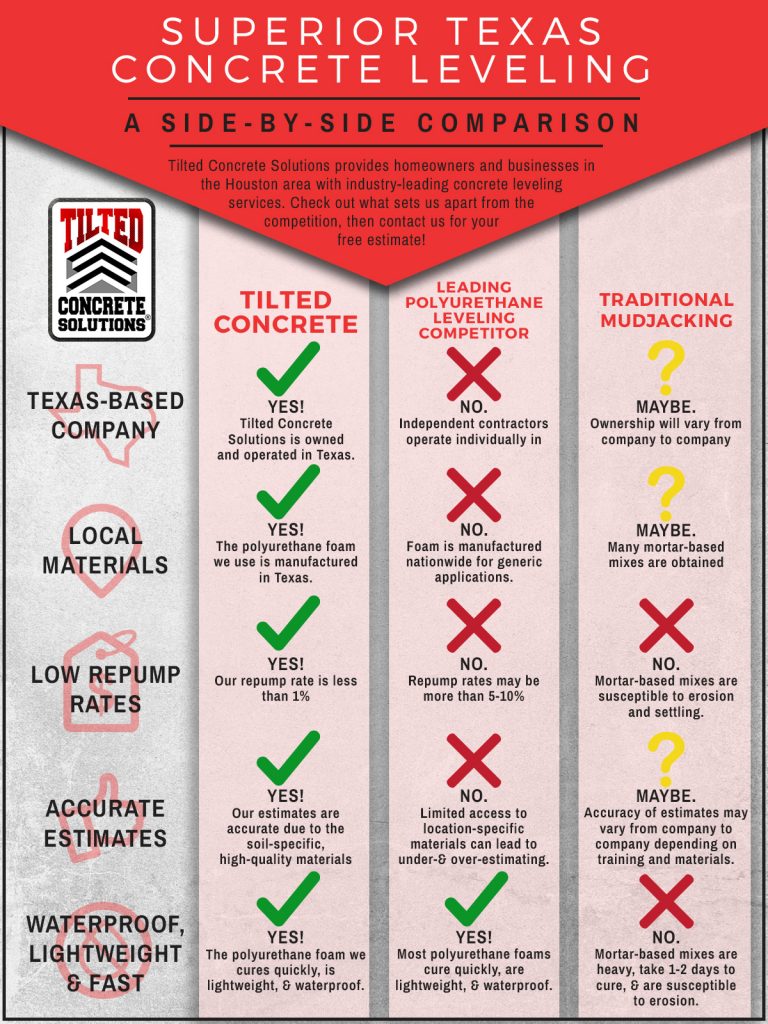Thorough Refine For Getting Your Walls Ready For A Fresh Layer Of Paint
Thorough Refine For Getting Your Walls Ready For A Fresh Layer Of Paint
Blog Article
Web Content By-Grace Lindberg
When you're prepping your walls for paint, it's vital to adhere to a systematic procedure to make certain a remarkable coating. Beginning by checking out the wall surface for any kind of damage; this step can make or damage your job. As soon as you have actually determined any kind of issues, cleaning up the surface area effectively is necessary, as a dirty wall surface can affect paint bond. After that, you'll need to patch any kind of blemishes and use a guide. However there are specific strategies and pointers that can elevate your preparation game-- let's check out those additional to accomplish the very best outcomes.
Assessing Wall Surface Condition
Before you get your paintbrush, take a moment to examine your walls' condition. Look for any type of visible damages like cracks, holes, or peeling paint. These flaws can impact how the paint sticks and looks when it's dry. If you see any kind of significant damage, you'll need to focus on repair services prior to diving right into painting.
Look closely at the structure of your wall surfaces. Is the surface area smooth, or is there structure that might require unique factor to consider? Smooth walls usually need less prep, while textured surface areas may need more time to paint equally.
Likewise, take into consideration the previous paint work. If the old paint is shiny, it mightn't permit brand-new paint to stick properly. You'll wish to know if your wall surfaces have been painted with oil-based or water-based paint, as this can influence your choice of guide or paint.
Ultimately, bear in mind of any moisture issues. If you see signs of water damages or mold, address these issues quickly to stop additional difficulties.
Cleaning the Surface
Once you've evaluated the problem of your walls, the following action is cleaning up the surface. Beginning by gathering your materials: a pail, cozy water, a moderate cleaning agent, a sponge or cloth, and a scrub brush for tougher areas.
Begin on top edge of the wall surface and work your method down. Mix the detergent with cozy water in your pail, after that dip the sponge or cloth right into the solution. Wring just click the up coming article bent on avoid excessive dampness on the wall surfaces.
As you cleanse, pay very close attention to locations that could've collected dirt, oil, or fingerprints. For stubborn discolorations, use the scrub brush carefully to avoid harming the paint beneath. Rinse your sponge or fabric regularly in tidy water to prevent spreading dirt around.
After cleansing, it's necessary to wipe the walls with a damp towel to eliminate any kind of soap residue. This step ensures a smooth surface for the brand-new paint to adhere to.
Permit the walls to dry entirely prior to moving on to the next preparation steps. This thorough cleaning procedure will aid create a fresh canvas for your painting project, making sure the very best outcomes.
Patching and Priming
Patching and priming are crucial action in preparing your wall surfaces for a fresh coat of paint. Initially, examine your wall surfaces for any kind of holes, splits, or imperfections. Make use of a high-quality spackling substance or patching paste to load these locations.
Use the compound with a putty blade, smoothing it out so it's flush with the surrounding surface area. Permit it to completely dry completely, and then sand it gently till it's smooth and even.
Once you have actually covered everything, it's time to prime. Guide assists seal the covered locations, making sure the paint sticks appropriately and provides a consistent surface. Select a primer appropriate for your wall surface type and the paint you'll be utilizing.
Apply the guide using a roller for larger areas and a brush for corners and edges. If your covered locations are considerably big or porous, you might want to use a 2nd coat of guide after the first one dries.
After priming, let everything completely dry extensively prior to proceeding to paint. This preparation won't only enhance the appearance of your wall surfaces but also lengthen the life of your paint job.
Take your time, and you'll be pleased with the results.
Final thought
By complying with these basic actions, you can accomplish a smooth and professional surface on your wall surfaces. Start by evaluating commercial and residential painting , then clean and spot any type of flaws prior to using primer. Remember to allow adequate drying time and ensure whatever is smooth before you study painting. With https://johnathanqcoyk.glifeblog.com/32244823/gain-insight-into-the-impacts-of-climate-on-industrial-paint-jobs-and-explore-key-approaches-to-handle-uncertain-conditions-for-the-best-outcomes-what-will-you-discover-next , you'll set the stage for a beautiful transformation in your room. Currently, collect your products, breathe in the fresh air, and prepare yourself to paint!
